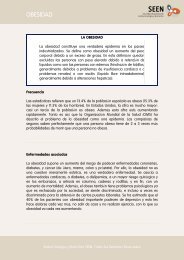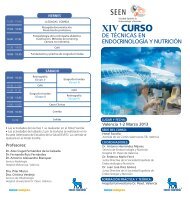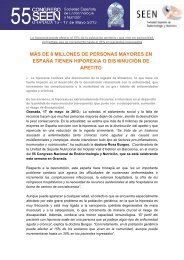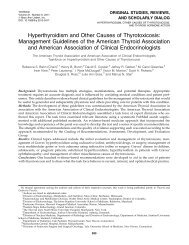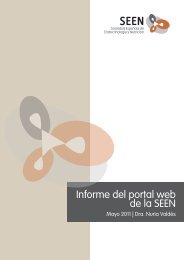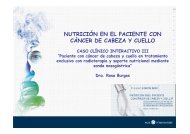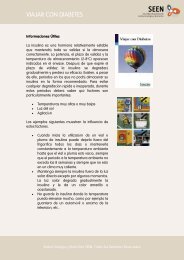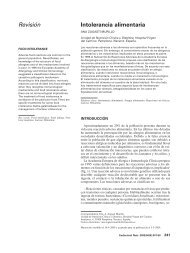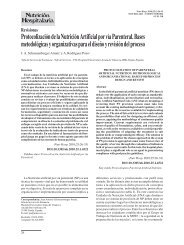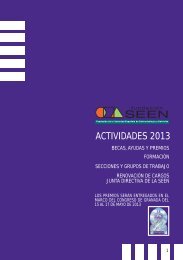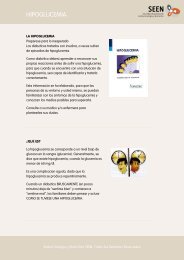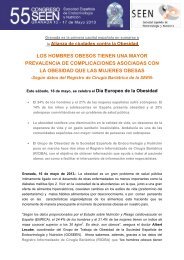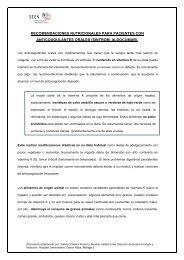Basic Concepts of Fluid and Electrolyte Therapy
Basic Concepts of Fluid and Electrolyte Therapy
Basic Concepts of Fluid and Electrolyte Therapy
You also want an ePaper? Increase the reach of your titles
YUMPU automatically turns print PDFs into web optimized ePapers that Google loves.
uraemic encephalopathy<br />
renal replacement therapy<br />
uraemic pericarditis<br />
renal replacement therapy<br />
Medication management<br />
In patients with AKI it is important to identify medications that are<br />
normally metabolised <strong>and</strong>/or excreted by the kidneys, <strong>and</strong> either avoid<br />
or make appropriate dose adjustments. Common examples include:<br />
penicillins<br />
cephalosporins<br />
vancomycin<br />
morphine (metabolites will accumulate)<br />
low molecular weight heparin<br />
If the patient is hypotensive there should be a low threshold for withholding<br />
antihypertensive therapy which will only exacerbate renal<br />
hypoperfusion. Common examples include:<br />
angiotensin-converting enzyme inhibitors<br />
angiotensin receptor blockers<br />
diuretics<br />
Nephrotoxic medications should be avoided if possible (unless lifesaving)<br />
<strong>and</strong> include:<br />
non-steroidal anti-inflammatory drugs (NSAIDs)<br />
gentamicin<br />
amphotericin<br />
91




